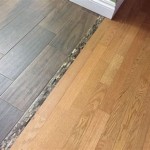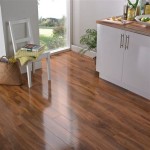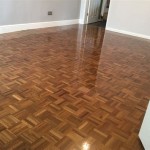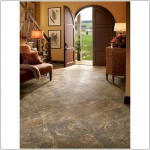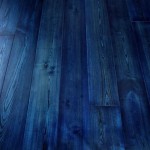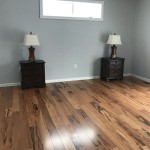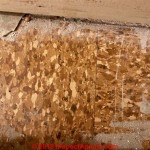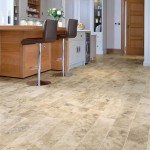Hardwood flooring is a timeless and classic choice for any home. Whether you are looking to install a new hardwood floor in your home or refinish an existing one, you have two main options: refinishing or resurfacing. Both of these processes involve sanding the existing floor to make it look new again, but there are some key differences between them. In this article, we’ll explore the pros and cons of hardwood floor refinishing and resurfacing, so you can make an informed decision about which is best for your home.
What Is Hardwood Floor Refinishing?
When it comes to hardwood floor refinishing, the goal is to sand down the existing floor to its original condition, then apply a new stain, sealer, and finish. This process can be done by hand or with a machine, depending on the size of the floor and the amount of damage. The biggest advantage of refinishing is that it will restore your floor to its original condition, making it look like it is brand new.
What Is Hardwood Floor Resurfacing?
Hardwood floor resurfacing is a process in which the existing floor is sanded down to a certain depth and then a new finish, sealer, and stain are applied. This process is usually done with a machine, so it is faster and easier than refinishing. The advantage of resurfacing is that it can be done over existing stains and finishes, without having to remove them first. This makes the process less time-consuming and more cost-effective.
Pros and Cons of Hardwood Floor Refinishing
The biggest advantage of hardwood floor refinishing is that it can restore your floor to its original condition. This means that it can look like new again, with no visible signs of wear and tear. However, this process is quite labor-intensive and time-consuming. It also requires that you remove any existing stains or finishes, which can be difficult and costly. Additionally, this process can be quite expensive, as it requires a professional to do the job.
Pros and Cons of Hardwood Floor Resurfacing
The biggest advantage of hardwood floor resurfacing is that it is much faster and cheaper than refinishing. Additionally, it can be done over existing stains and finishes, so you don’t have to remove them first. However, the downside of this process is that it won’t restore your floor to its original condition. This means that any existing damage or wear and tear will still be visible, even after the resurfacing process.
Which Is the Best Option?
When it comes to deciding between hardwood floor refinishing and resurfacing, the best option will depend on your specific needs and budget. If you are looking for a thorough restoration that will make your floor look like new, then refinishing is the best option. However, if you are looking for a quick and cost-effective solution that won’t restore your floor to its original condition, then resurfacing is the better choice.
Conclusion
Refinishing and resurfacing are two effective ways to restore your hardwood floor. Refinishing is a more thorough process that can restore your floor to its original condition, but it is more labor-intensive and expensive. Resurfacing is a faster and cheaper option, but it won’t restore your floor to its original condition. Ultimately, the best option for you will depend on your specific needs and budget.














Related Posts

